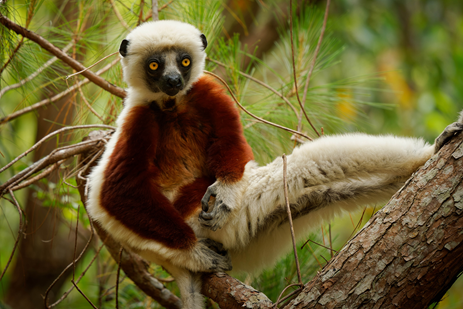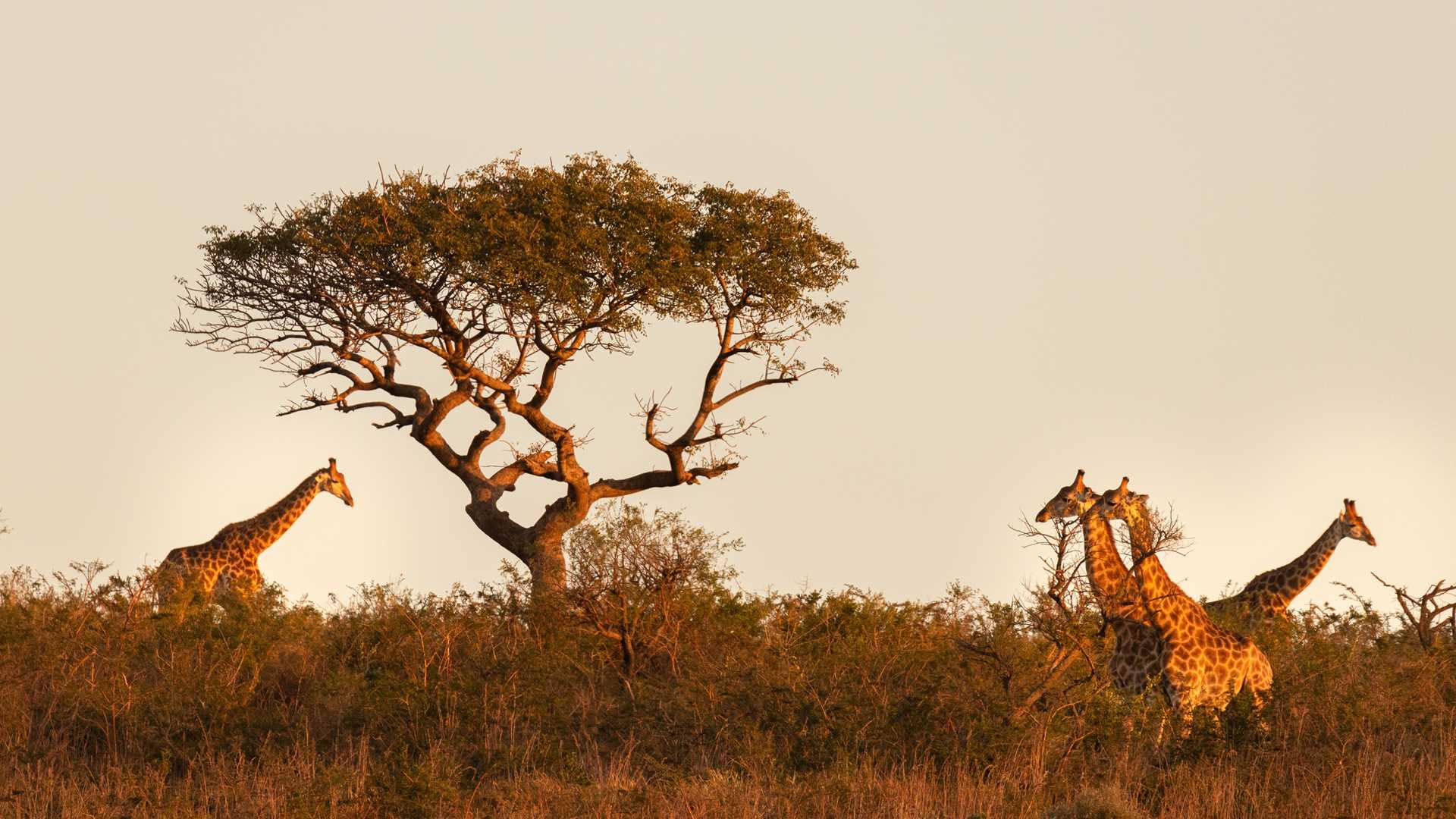No trip to Africa would be complete without a safari. On our brand-new expedition, Exploring East Africa and Madagascar: Wildlife and Wonders, you’ll have the opportunity to spot the Big Five in their spectacular natural habitats. But the wildlife encounters won't stop there. As we navigate through five countries from South Africa to Tanzania, prepare for an array of equally special experiences with the continent’s unique creatures. Hike a volcano on the lookout for Mayotte sunbirds. Follow a boardwalk trail into a Zanzibar forest, the only place in the world to see endangered red colobus monkeys. Or look out for one of the world’s largest populations of white rhinos in a Jeep. Then there’s Madagascar where species have names as unusual as they are like Coquerel’s sifaka and Appert’s tetraka. Here are six unforgettable wildlife experiences to look forward to when you join our new Africa voyage. Get Inspired by Photos, Videos, Webinars, Stories, and Exclusive Offers. Sign Up
iSimangaliso Wetland Park, South Africa
Recognized as a UNESCO World Heritage site for the critical habitats it provides variety of species, South Africa’s iSimangaliso Wetland Park is one of the country’s most outstanding game reserves. The Big Five roam the park, including black rhinos which conservationists protected from poachers by removing their horns. Noted for a diversity of environments including terrestrial, wetland, coastal, and aquatic habitats, this scenic park borders the Indian Ocean. Nesting turtles can be seen on its beaches, and dolphins, whales, and whale sharks are often spotted off shore. On a specially organized boat exploration of Lake St. Lucia, guests might spot hippos, crocodiles, and fish eagles, while birders will be thrilled to see an abundance of flamingos and large breeding colonies of pelicans, storks, herons, and terns.

Hluhluwe-iMfolozi Game Reserve, South Africa
In the heart of Zululand north of Durban, this Big Five park is known for saving the white rhino from extinction. Breeding efforts were so successful that the reserve now has one of the world’s largest populations of white rhinos as well as hundreds of black rhinos. This 24,000-acre expanse of rolling hills and savannah is the oldest game reserve in Africa, established in 1895. On a game-viewing drive in an open four-wheel-drive safari vehicle, it is possible to encounter a notably large population of nyala (a spiral-horned antelope) as well as healthy numbers of giraffes, cheetah, wild dog, blue wildebeest, warthog, and impala. Among hundreds of species of birds, look for barbets, cuckoos, and francolins, and Hluhluwe-iMfolozi is also a rare location to see three longclaw species.

Zombitse Vohibasia, Madagascar
On the southwest coast of an island famous for its unique flora and fauna, Zombitse-Vohibasia National Park does not disappoint. To start, it's filled with an array of butterfly species which are attracted to the mineral soils found there, making it a wonderfully colorful spot to photograph. In a landscape of forest and canyons, it is also possible to observe endemic animals including eight species of lemur, the cat-like fossa, chameleons, and the vulnerable Standing’s day gecko. Nearly half of the park’s bird species are endemic to the country including the Madagascar pond heron, grebe, and marsh harrier—all endangered. In a day exploring the park we will also be on the lookout for the small yellow-and-green Appert’s tetraka, another endemic species that birdwatchers will revel in crossing off their lists, along with many other notable birds such as the Madagascar cuckoo roller and lesser vasa parrot.

Ankarafantsika National Park, Madagascar
A microcosm of Madagascar’s celebrated unique biome, Ankarafantsika is home to an impressive list of rare wildlife. On a walk in the dry tropical forest we will hope to spot some of the eight species of resident lemurs including endangered Coquerel’s sifakas. The rhinoceros chameleon, Madagascar big-headed turtle, and endemic tomato frog are other intriguing creatures in this park that is situated towards the northern end of the island. Nile crocodiles patrol Ravelobe Lake where Madagascar fish eagles are prevalent. More than half of the park’s 129 recorded bird species are endemic to Madagascar including the endangered Madagascar heron, Madagascar jacana, banded kestrel, and rufous vanga.

Mont Choungi, Mayotte, French Comoros
A French territory between Madagascar and Mozambique and part of the Comoros group of islands, Mayotte is a volcanic island best known for its birdlife. Green and hawksbill sea turtles nest on its deserted beaches; it’s possible to catch sight of the rare bright green Pasteur’s day gecko running up a tree, and the brown lemur can be found here—one of only two lemur species found in the wild outside of Madagascar. However, BirdLife International has designated the region we explore as an Important Bird Area. In the Forests of Mayotte National Nature Reserve, Mont Choungi is a conical volcano on a southern peninsula with large populations of Mayotte sunbirds, Mayotte white-eyes, Comoro olive pigeons, and Comoro blue pigeons among other rare, endemic birds.

Jozani Forest, Zanzibar
The endangered red colobus monkey can only be found on Zanzibar, and we will search the forest canopy for them in the island’s only national park. The rare Aders’s duiker antelope, bushbabies, elephant shrews, and tree hyraxes are also possible sightings as we explore Jozani Chwaka Bay National Park’s mangrove swamp forest on boardwalk trails. Zanzibar has no large animals but birders will certainly not be disappointed to catch a glimpse of a crowned hornbill, Fischer's turaco, or mangrove kingfisher, which are among the 40 species of birds that inhabit this unique forest.



